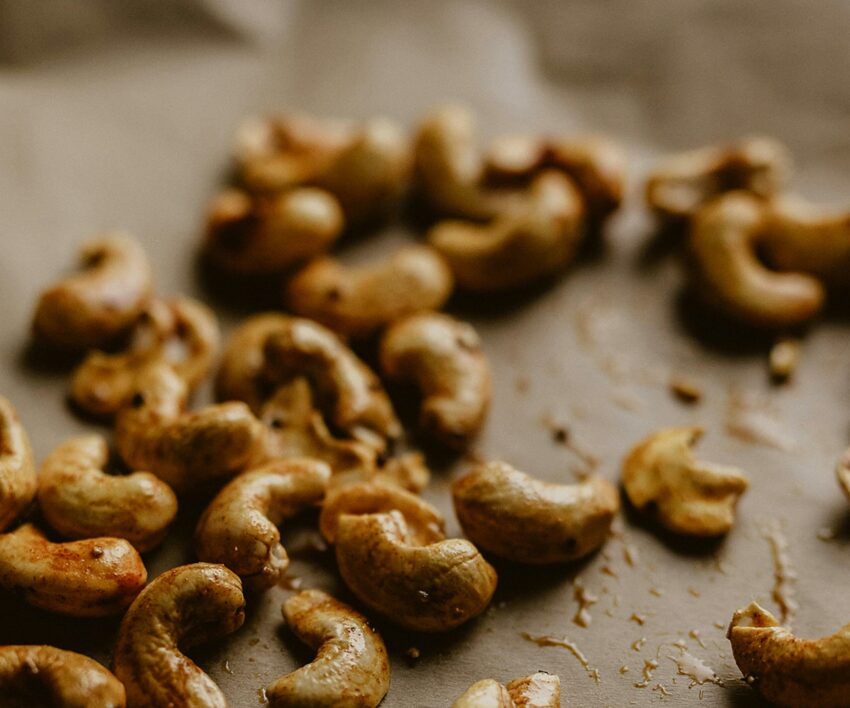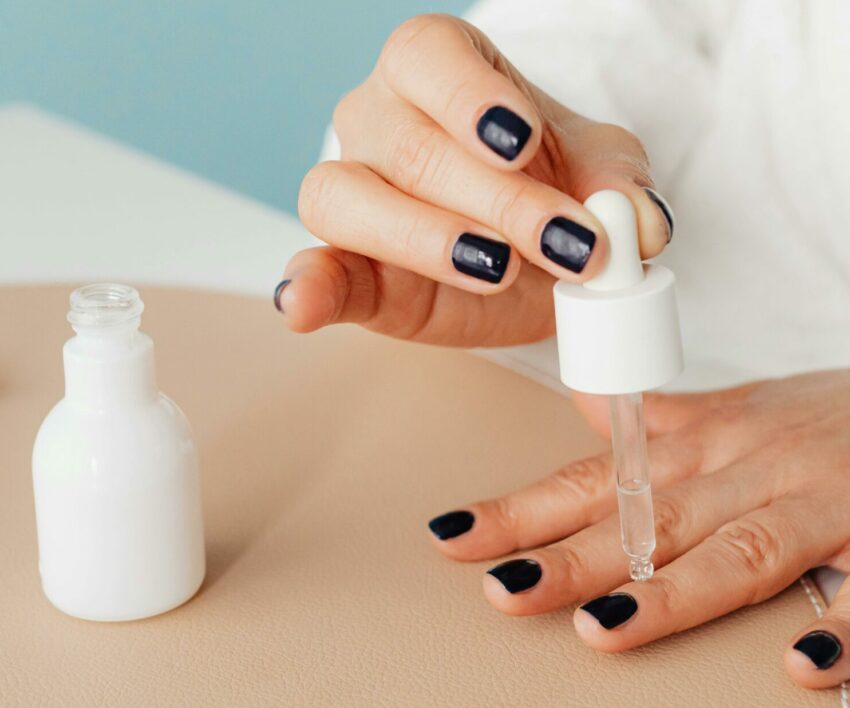PICTURE: PEXELS/SODIUM
Despite its negative reputation, sodium is more than simply the bad guy, and cutting it out of your diet entirely isn’t the solution, even though it’s true that too much can cause problems.
Sodium aids in everything from hydration to muscle contraction. The below publications explain why sodium deserves a spot on your plate:
Yale Medicine�claims, “Salt and sodium are related but distinct substances, and it’s important to understand the difference between them.”
Whereas salt, also known as “table salt,” is a mixture of sodium and chloride, sodium is a single element that occurs naturally in foods like milk, celery, and beets. While salt is mostly used in cooking and as a preservative, sodium is a necessary electrolyte for body processes on its own, the institution adds.
According to Havard Health, “The ideal daily intake of sodium is still a topic of intense debate among experts, although they do generally agree that individuals get too much sodium.”
Although it might be challenging to determine how much blood pressure reduction is necessary for a particular person to avoid a heart attack or stroke, lowering sodium intake lowers general health risks, the above health publication further explains.
“Your body needs a small amount of sodium to perform vital processes. Sodium is one of the body’s most important electrolytes (minerals with an electric charge),” according to the Health publication.
The above publication claims that you cannot live without sodium because it is an essential nutrient. Life-sustaining functions like fluid balance and muscle and nerve function depend on it.
Even though the majority of individuals eat a lot of salt every day—much more than their bodies require—some people need additional sodium because of illnesses or excessive fluid loss, the publication mentioned above also states.










